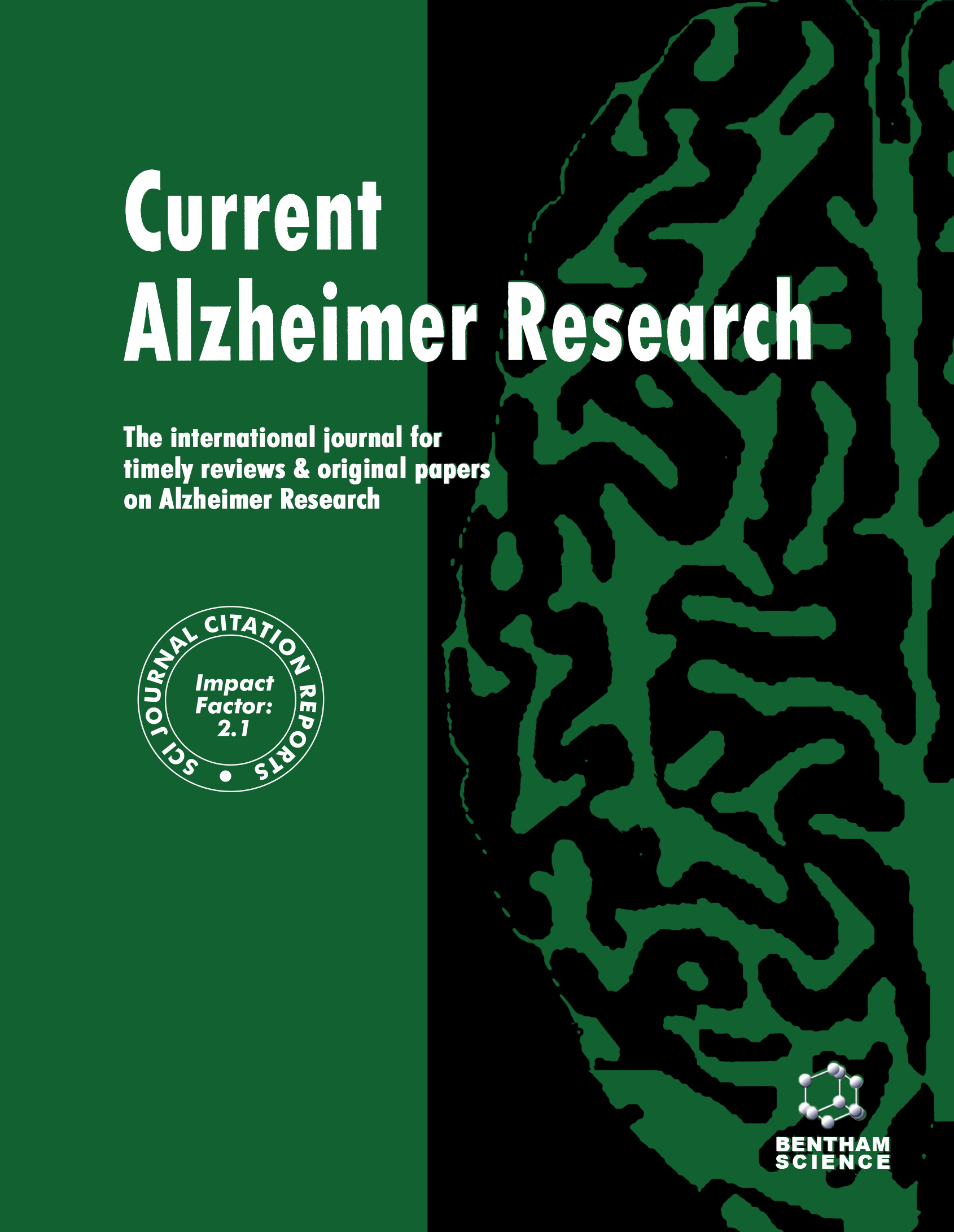
Full text loading...
We use cookies to track usage and preferences.I Understand
Alzheimer's disease (AD) is a complex neurological disorder that progressively worsens. Although its exact causes are not fully understood, new research indicates that genes related to non-neuronal cells change significantly with age, playing key roles in AD's pathology.
This study focuses on a protein network centered on Glial Fibrillary Acidic Protein (GFAP) and Protein Tyrosine Phosphatase Receptor Type C (PTPRC).
1. A significant correlation was observed between GFAP and PTPRC expression throughout AD progression, which links closely with clinical phenotypes and suggests their role in AD pathology. 2. A molecular network centered on GFAP and PTPRC, including Catenin Beta 1 (CTNNB1) and Integrin Beta 2 (ITGB2), showed distinct changes in interactions, highlighting its regulatory role in AD. 3. Analysis of GSE5281 data revealed a decline in the interaction strength within this network, pointing to potential desynchronization as a biomarker for AD. 4. SVM diagnostic models comparing GFAP expression and coupling values confirmed this desynchronization, suggesting it worsens with AD progression.
Based on these findings, it is hypothesized that as AD progresses, the GFAP- and PTPRC-centered molecular framework undergoes significant changes affecting key biological pathways. These changes disrupt immune regulation and cellular functions, increasing immune cell activation and inflammation in the brain. This may impair neuronal communication and synaptic functionality, exacerbating AD's pathology.
To verify these findings, Support Vector Machine (SVM) diagnostic models and correlation analyses were used to examine changes in this network, indicating that its dysregulation significantly affects AD progression.

Article metrics loading...

Full text loading...
References


Data & Media loading...

